All posts
GREAT ADVICE ON DIDGERIDOO!
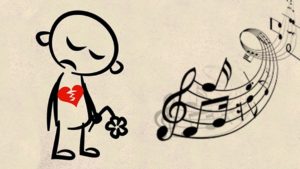
How to make sure you lose your passion for the didgeridoo (or music)
Are you passionate about the didgeridoo? Can’t do without this drug anymore? Good news, I have THE recipe that will disgust you.

3 techniques to develop your didgeridoo melodies!
The didgeridoo can play melodies. The proof is in this article where I offer you three techniques to develop your own melodies!
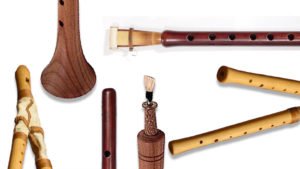
5 wind instruments using circular breathing
If the Australian Aborigines were certainly among the first to discover the technique of circular breathing, the didgeridoo is far from being the only one to use this breathing technique. I offer you a little discovery of traditional instruments also using this good old circular breathing!

Why and how to varnish your didgeridoo?
The varnish is an important step which, in addition to protecting your didgeridoo, will improve its sound quality. It remains to know the stages of varnishing and which type of varnish to use!
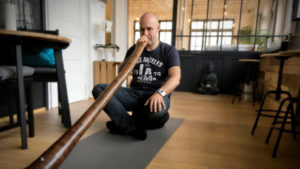
What is the mysterious secret of circular breathing?
Aaaah the circular breathing! This legendary and mysterious technique! To recall its principle, this breathing technique allows musicians to play continuously without having to stop to regain air. Thanks to this ability, circular breathing is intriguing! Moreover, didgeridoo players know it well and after announcing to blow in a biniou, the following question is …
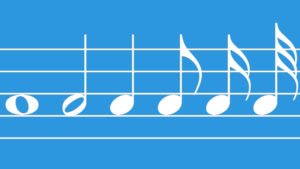
White, quarter notes, eighth notes: what you need to know about music theory (part 2)
Here is the continuation of our music theory course which began with a first article on tempo, pulsation and measure. Rhythm, tempo, measure and pulsation: what you need to know about music theory…
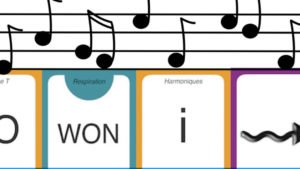
Rhythm, tempo, measure and pulsation: what you need to know about music theory (part 1)
Let it be said, music theory is not essential to learn the didgeridoo. However, understanding the basics of this language will help you communicate with other musicians, other didgeridoo players, and even write your rhythms. In this series of articles, I propose to present the basics of music theory to you.
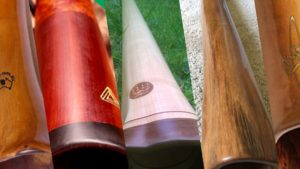
5 top-of-the-range didgeridoo crafter you should know
As you can imagine, didgeridoo crafters don’t run the streets! And most of them are in Australia, but ultimately few have pushed back the requirement to make a didgeridoo. Indeed in Australia, the didgeridoo is mainly seen as a souvenir for tourists rather than a real instrument …

Didg to Didg : competition at the service of music ? Not that sure…
Since 2013 the Didg to Didg takes place every year. The great atmosphere is guaranteed and the benefits to the didgeridoo community are plenty. However,
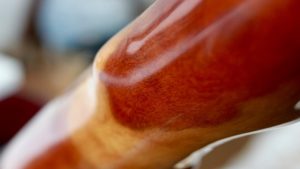
Five steps to make an eucalyptus didgeridoo
A didgeridoo is a eucalyptus trunk naturally hollowed out by termites. However, several stages separate the trunk in its natural state from the finished instrument.

Five tips for a good posture to play your didgeridoo
Did you know that in Kyūdō, the Japanese archery, the archer works his posture for months, before unleashing his first arrow? Any activity that uses
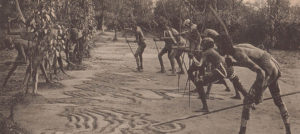
The origins of the didgeridoo: the Aborigines of Australia
The didgeridoo has its origins with the Aboriginal people of Australia. More precisely in a small part of this immense country: the north of the

Why is the use of a metronome essential when playing your didgeridoo?
During the masterclass I lead, I meet a lot of didgeridoo players who have an approximate tempo. Their phrasing is good and well articulated, but

Does playing the didgeridoo cures snoring?
In 2006, a study made in Zurich showed that regular practice (20 minutes per day) of didgeridoo on a three months period reduced obstructive sleep

4 steps to make your own didgeridoo beeswax mouthpiece
At a time when wooden mouthpieces are becoming the norm, it is still good to know how to redo your beeswax mouthpiece!
There are several reasons for …


